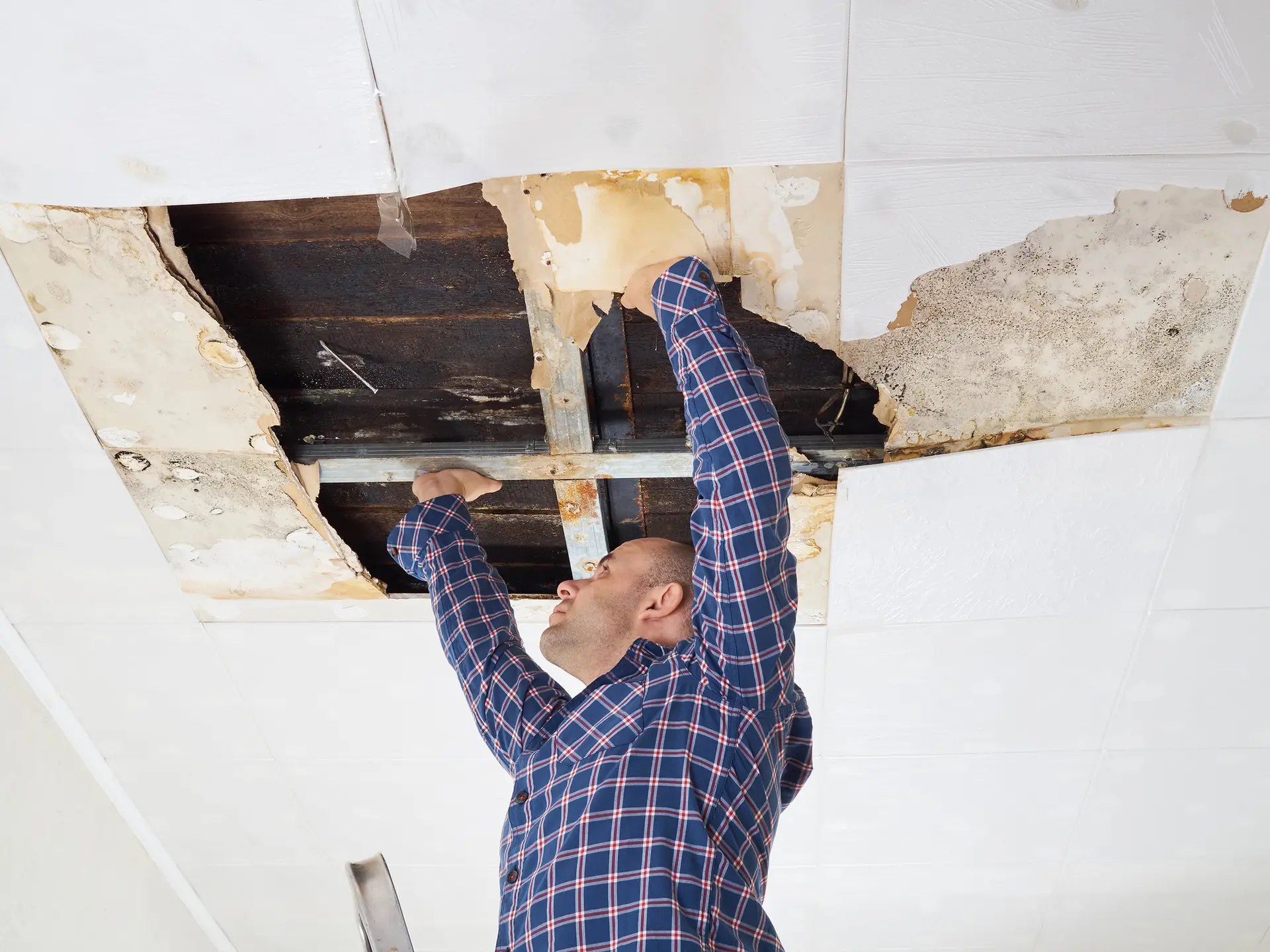While we don’t think a lot about our roof until we experience leaks or high energy bills, the truth is that it is a very important part of your home. It protects your family from the elements, lowers energy bills, and also impacts indoor comfort.
While you only see shingles on the outside of your home, roof replacement is far more than a one-dimensional upgrade. In fact, there are many important components when it comes to new roofing—and these are the essential building blocks that you need to know.
Asphalt Roof Shingles: Protection from the Elements
Serving as the ultimate protection against the elements, shingles are one of the first components homeowners think about with roof replacement. In MA and throughout New England, asphalt roofs are cost-effective, high-performance, and even last for life!
The material of the shingles matters, but so does the way professionals install them. Expert roofing contractors in MA must handle roof installation to protect your investment and ensure top performance.
For example, contractors should use zinc-coated nails that penetrate at least ¾” into the roof deck. If they fail to install shingles properly, strong winds can tear them off—leaving holes in your roof and leading to attic mold and mildew.
Not only are your shingles critical for protecting your attic, so is the roof deck. Here’s what you need to know about the backbone of this roofing component.
Roof Deck: The Backbone of Your New Roof
If you’re having trouble with high energy bills, one of the issues may stem from your roof deck. A roof deck is the backbone of your new roof replacement upgrade. There are many different material types for a roof deck, including:
- Steel
- Concrete
- Wood planking
- Plywood
- Cementitious wood fiber
A good roof deck provides a foundation that can improve performance. This component must be properly designed to ensure that it does not collect an overload of moisture. If moisture builds up in the roof deck, this is yet another occurrence where mold and mildew can grow.
Another issue that can arise with a bad roof deck is wood rot. Eventually, the wood can rot out completely, resulting in a hole in your roof that is entirely exposed to the elements. This allows both the elements and critters to enter your home!
You don’t want to underestimate the importance of a roof deck, but you also want to forget another critical aspect of roofing: ventilation.
The Critical Importance of Roof Ventilation
Having airflow through your attic is an essential aspect of roof replacement. Inadequate ventilation puts your home at risk for overheating in the summer, causing energy bills to skyrocket. With the average electric bill coming in around $100/month in Massachusetts, bad ventilation can cause this bill to raise substantially.
Roof ventilation isn’t important only in the summer. You can run into issues in the winter such as ice dams if your roof ventilation isn’t in check.
This is when your roof becomes too warm and the snow on your home melts off your roof, causing it to collect in the gutter system and turn to ice. Ice dams are dangerous because they can pull the gutters right off your home and even parts of your roof!
How do you know if your roof is properly ventilated? First, make sure your roof has any vents at all. You’ll find them located in areas such as the ridge or soffit. You can also get clues from your energy bills or if you have ever experienced issues with ice dams over the winter.
For more information about roof ventilation, view our video below:
Roofing is important for every season, 365 days per year. We are a factory-certified Master Elite GAF roofing contractor.
We’re fully licensed to offer roof replacement in all New England states, providing roof warranties that are longer than 29 out of 30 contractors. Click here or call 978-817-7072 to learn more about our lifetime roofing systems.



